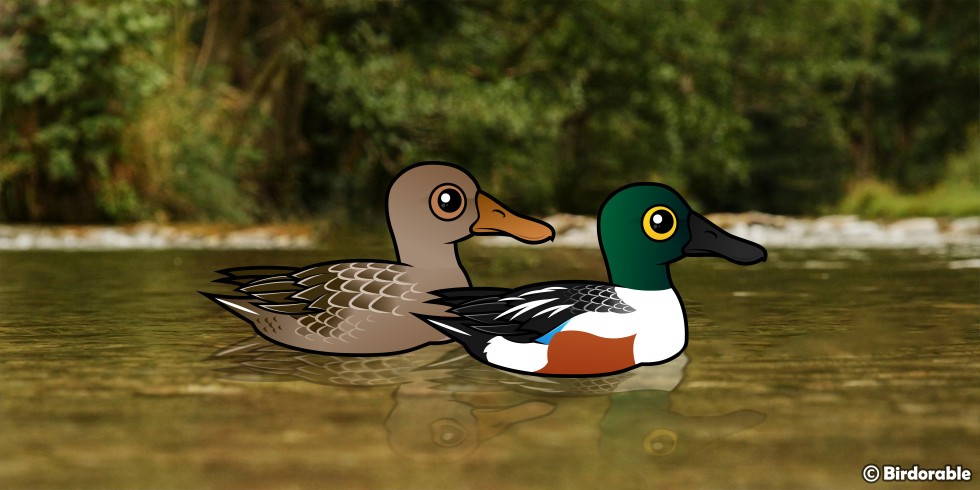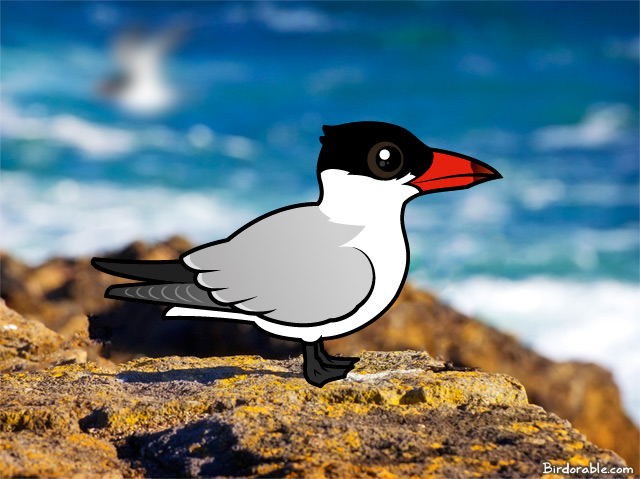
1. Unique Feeding Technique
Northern Shovelers utilize their uniquely-shaped bills to sift through the water for crustaceans, making feeding an efficient endeavor.
2. Widespread Distribution
The Northern Shoveler boasts a widespread distribution, with populations found in parts of the Americas, Europe, Africa, and Asia, illustrating their adaptability to various habitats.
3. Shoveler Species Family
The Northern Shoveler shares its unique bill shape with three other closely related species: the Cape Shoveler, the Australasian Shoveler, and the Red Shoveler.
4. Hybridization Habits
This species is known for its ability to hybridize with several other ducks, including the Blue-winged Teal, Mallard, Gadwall, Northern Pintail, and Wood Duck, showcasing its diverse genetic compatibility.
5. Distinctive Wing Sound
A distinctive rattling noise can be heard from the wings of Northern Shovelers as they take flight, a unique auditory characteristic of the species.
6. Territorial Behavior
Northern Shovelers display a somewhat territorial nature, especially during the nesting season. Males are known to defend their territory more vigorously than other dabbling ducks.
7. Birdorable Bird
The Northern Shoveler is one of our cute Birdorable birds! The Northern Shoveler was added to Birdorable on December 7th, 2010.







